Cells, Free Full-Text
Por um escritor misterioso
Last updated 05 julho 2024
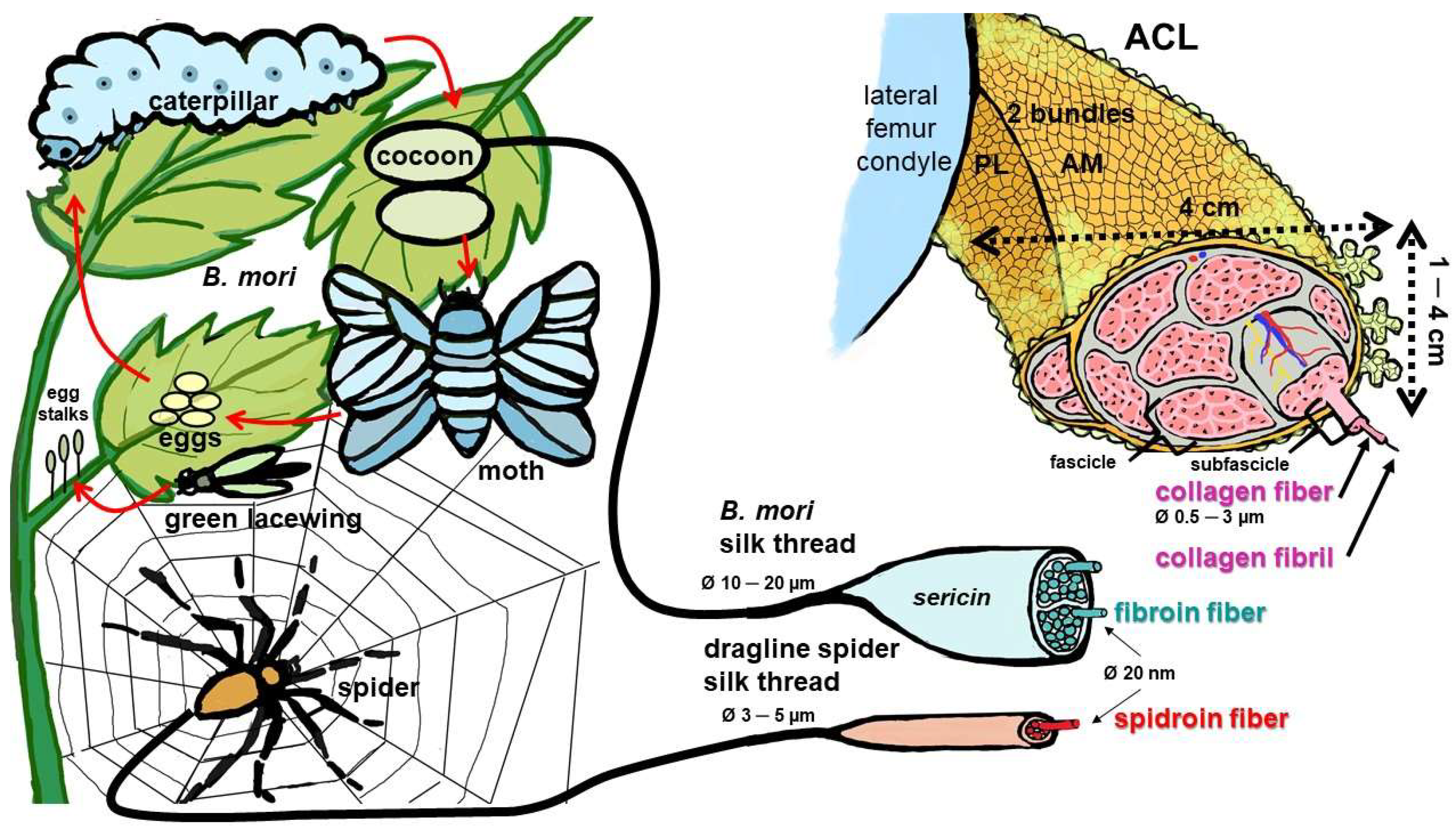
Silk has a long history as an exclusive textile, but also as a suture thread in medicine; nowadays, diverse cell carriers are manufactured from silk. Its advantages are manifold, including high biocompatibility, biomechanical strength and processability (approved for nearly all manufacturing techniques). Silk’s limitations, such as scarcity and batch to batch variations, are overcome by gene technology, which allows for the upscaled production of recombinant “designed” silk proteins. For processing thin fibroin filaments, the sericin component is generally removed (degumming). In contrast to many synthetic biomaterials, fibroin allows for superior cell adherence and growth. In addition, silk grafts demonstrate superior mechanical performance and long-term stability, making them attractive for anterior cruciate ligament (ACL) tissue engineering. Looking at these promising properties, this review focusses on the responses of cell types to silk variants, as well as their biomechanical properties, which are relevant for ACL tissue engineering. Meanwhile, sericin has also attracted increasing interest and has been proposed as a bioactive biomaterial with antimicrobial properties. But so far, fibroin was exclusively used for experimental ACL tissue engineering approaches, and fibroin from spider silk also seems not to have been applied. To improve the bone integration of ACL grafts, silk scaffolds with osteogenic functionalization, silk-based tunnel fillers and interference screws have been developed. Nevertheless, signaling pathways stimulated by silk components remain barely elucidated, but need to be considered during the development of optimized silk cell carriers for ACL tissue engineering.
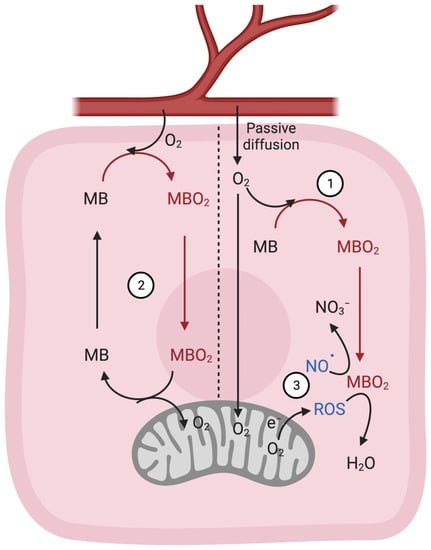
Nt Novo Cella Get File - Colaboratory
The dependence of cell-free protein synthesis in E. coli upon naturally occurring or synthetic polyribonucleotides. - Abstract - Europe PMC
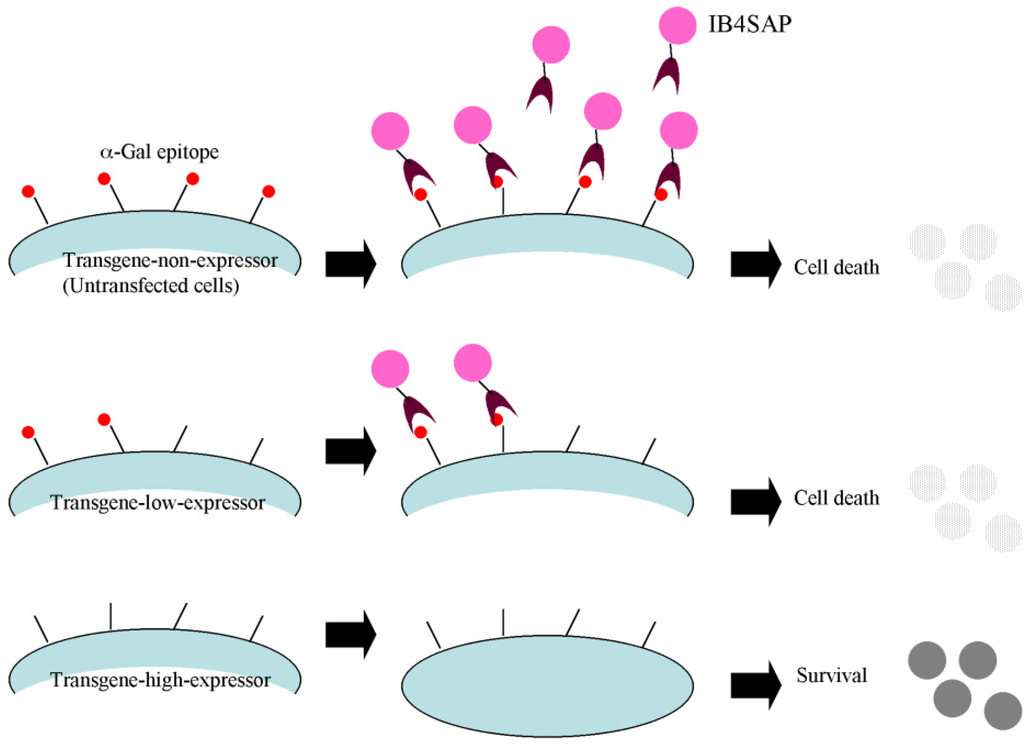
Biology, Free Full-Text
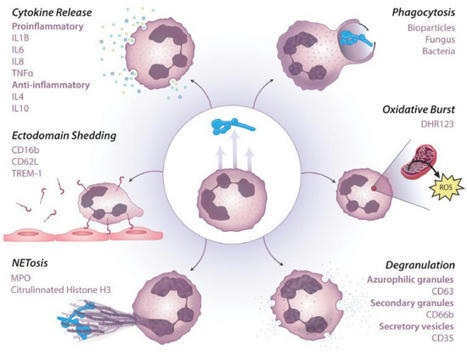
from Flow Cytometry to Cytomics, Page 2

STEM CELLS: Vol 35, No 5

Nucleic acid biomarkers of immune response and cell and tissue damage in children with COVID-19 and MIS-C - ScienceDirect

Cells, Free Full-Text
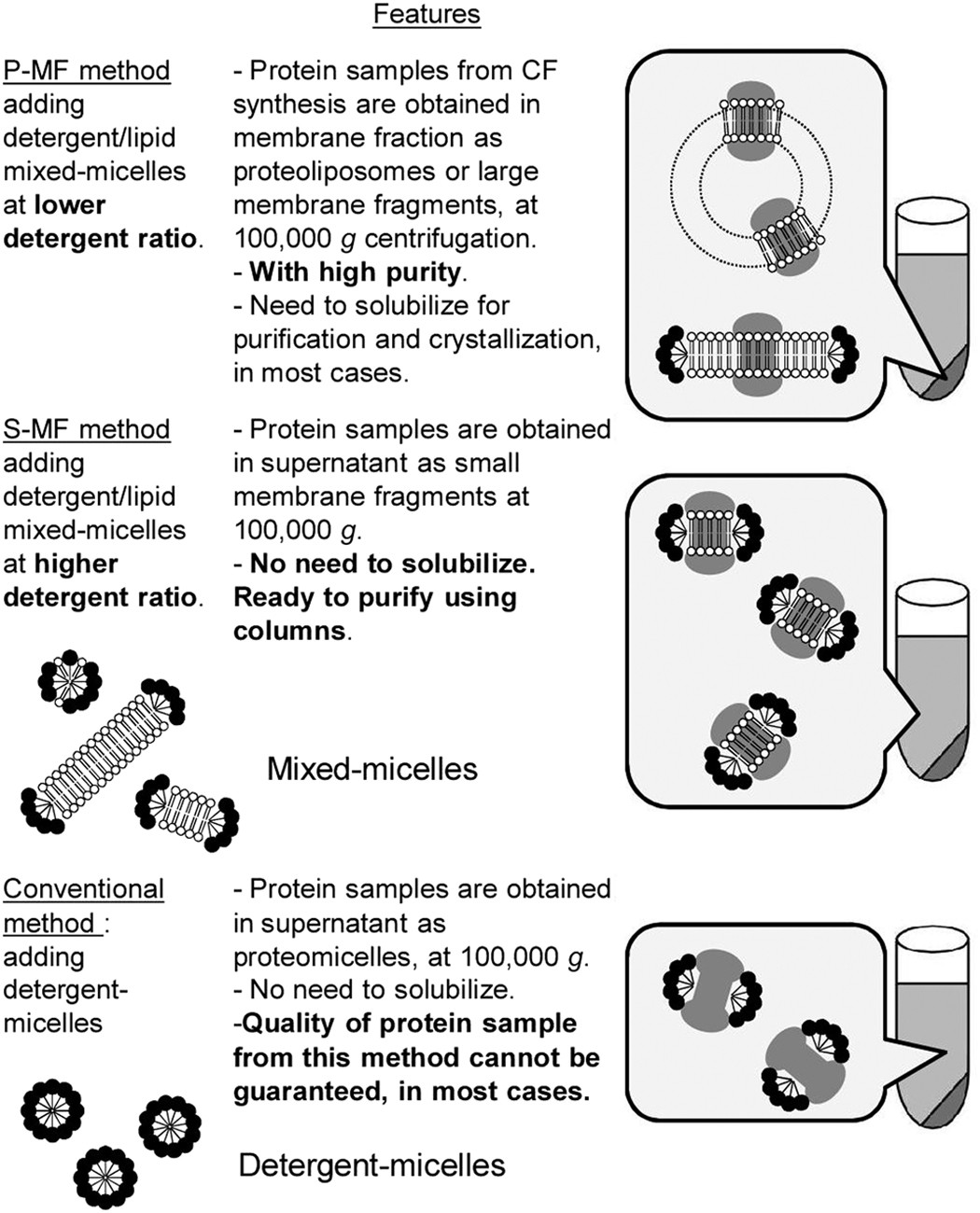
Cell-free methods to produce structurally intact mammalian membrane proteins

Advancing synthetic biology through cell-free protein synthesis - ScienceDirect

Cell-free Fetal DNA — A Trigger for Parturition
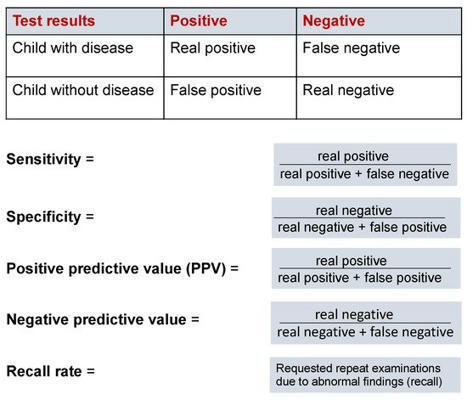
Cells, Free Full-Text
Recomendado para você
-
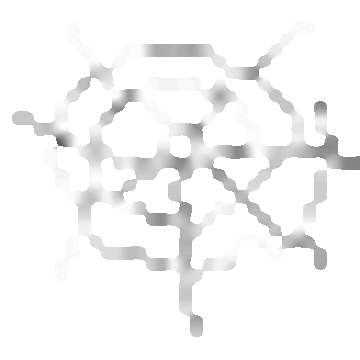 Spider Silk, TibiaWiki05 julho 2024
Spider Silk, TibiaWiki05 julho 2024 -
Where is the best place to farm Spider Silk? - TibiaQA05 julho 2024
-
 5 hours of crystal spiders later : r/TibiaMMO05 julho 2024
5 hours of crystal spiders later : r/TibiaMMO05 julho 2024 -
 Distribution of sizes at maturity (tibia–patella length = TPL) in05 julho 2024
Distribution of sizes at maturity (tibia–patella length = TPL) in05 julho 2024 -
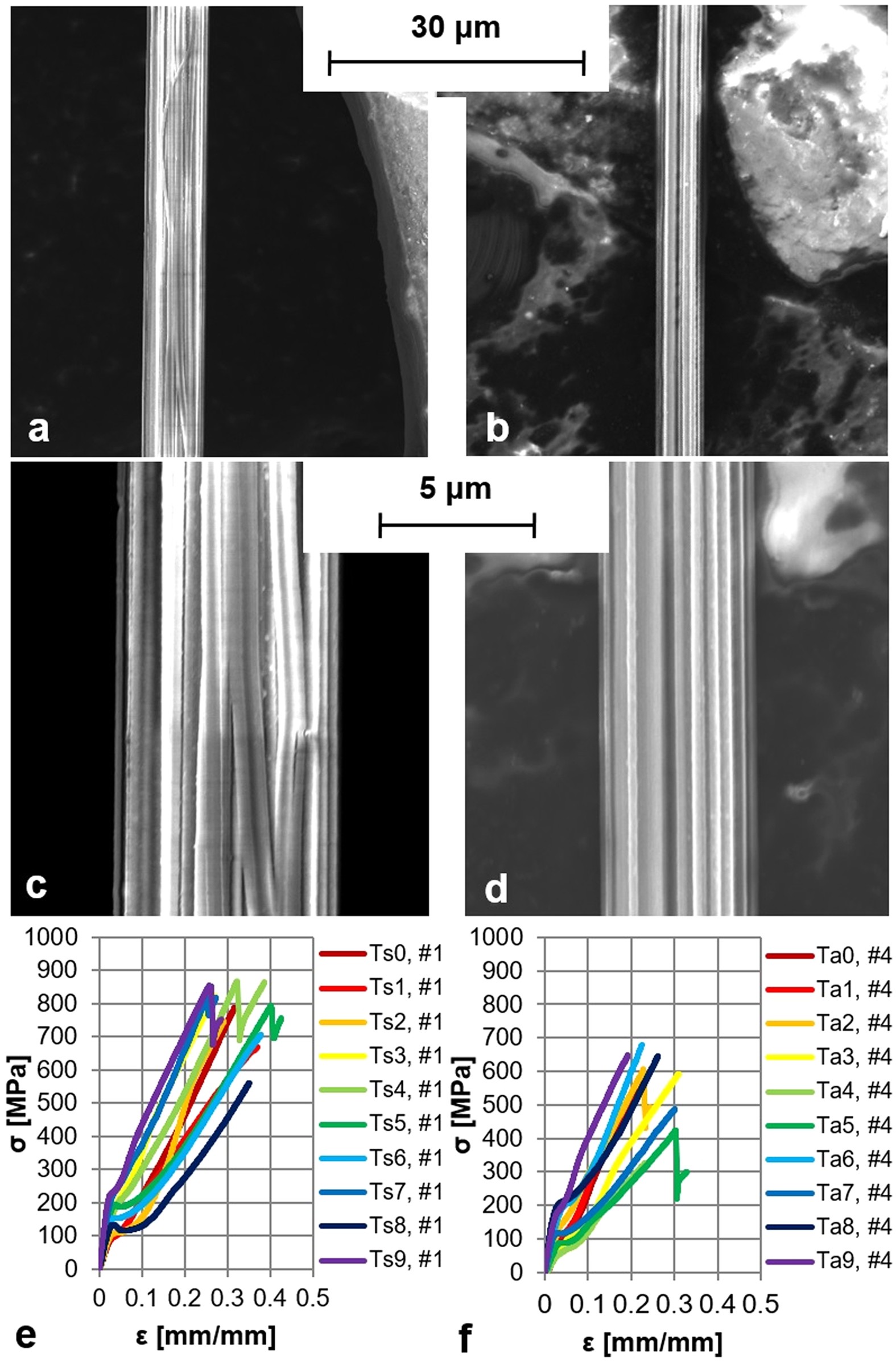 The effect of ageing on the mechanical properties of the silk of05 julho 2024
The effect of ageing on the mechanical properties of the silk of05 julho 2024 -
Tibiabosses.com - The Old Widow by Pro Miechelo (Bona)05 julho 2024
-
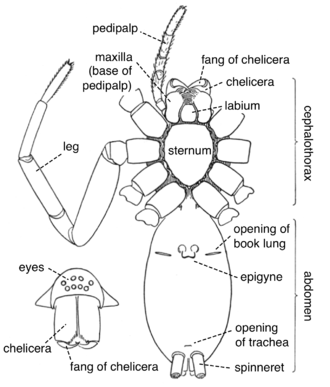 Glossary of spider terms - Wikipedia05 julho 2024
Glossary of spider terms - Wikipedia05 julho 2024 -
 Gloomy Rathleton… is it though? – Tibia Fanart05 julho 2024
Gloomy Rathleton… is it though? – Tibia Fanart05 julho 2024 -
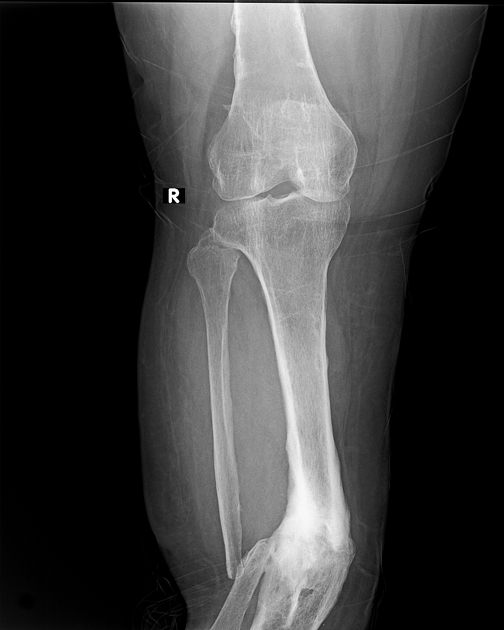 Malunited fracture - tibia, Radiology Case05 julho 2024
Malunited fracture - tibia, Radiology Case05 julho 2024 -
Black-legged Golden Silk Orb-web spider05 julho 2024
você pode gostar
-
 Buy The Devil Is a Part-Timer! - Different Badass Characters Themed Retro Posters (30+ Designs) - Posters05 julho 2024
Buy The Devil Is a Part-Timer! - Different Badass Characters Themed Retro Posters (30+ Designs) - Posters05 julho 2024 -
 Pizza Boy GBA) - The Legend of Zelda: The Minish Cap - My 2nd favourite Zelda game after Link's Awakening DX. What're you playing today? : r/EmulationOnAndroid05 julho 2024
Pizza Boy GBA) - The Legend of Zelda: The Minish Cap - My 2nd favourite Zelda game after Link's Awakening DX. What're you playing today? : r/EmulationOnAndroid05 julho 2024 -
 Call of Duty: Modern Warfare (2019) OFFLINE/cracked public-Release : r/ CrackWatch05 julho 2024
Call of Duty: Modern Warfare (2019) OFFLINE/cracked public-Release : r/ CrackWatch05 julho 2024 -
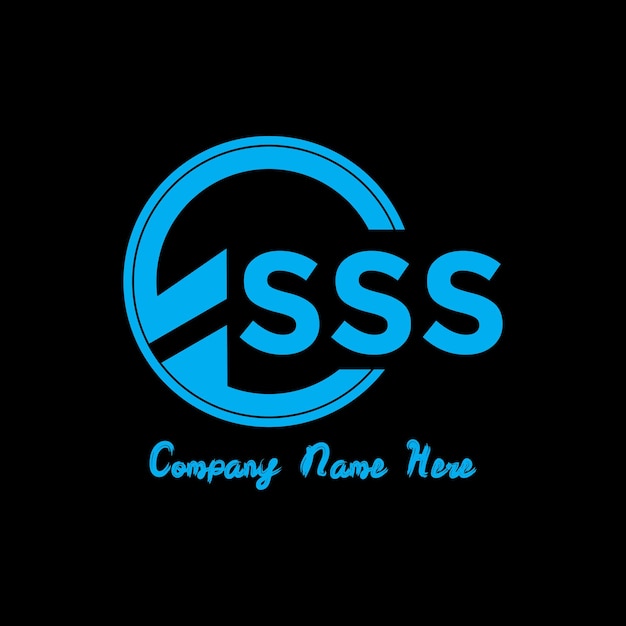 Design de logotipo de carta sss com forma de círculo. design de05 julho 2024
Design de logotipo de carta sss com forma de círculo. design de05 julho 2024 -
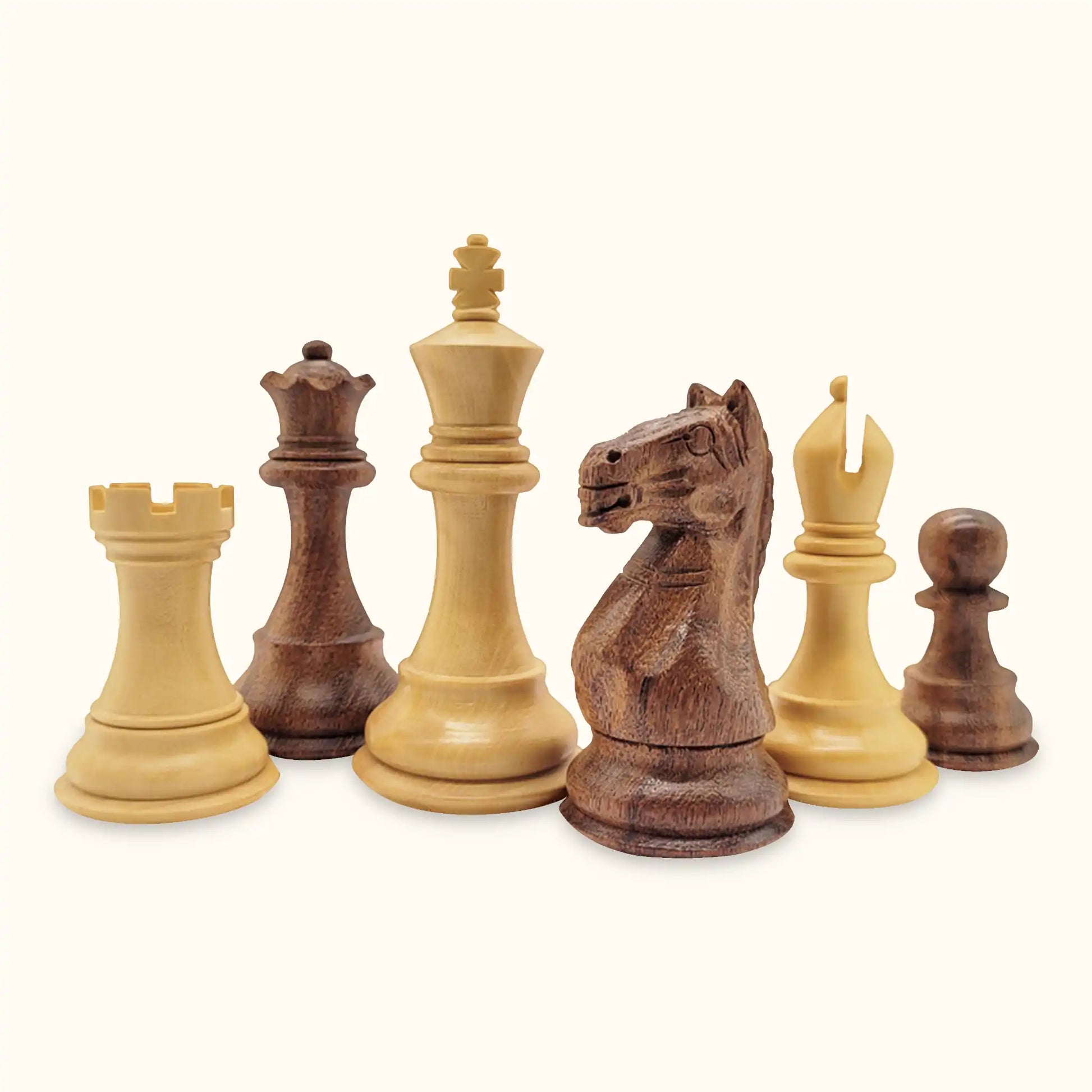 Chess Pieces: Supreme, Staunton, Wood05 julho 2024
Chess Pieces: Supreme, Staunton, Wood05 julho 2024 -
 CHEVROLET CORSA SEDAN 2010 PREMIUM 1.4 - Carango - 11640405 julho 2024
CHEVROLET CORSA SEDAN 2010 PREMIUM 1.4 - Carango - 11640405 julho 2024 -
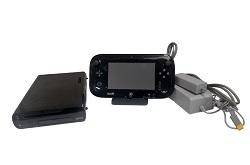 Nintendo - Nintendo Wii U Deluxe Set 32GB Preto + Jogos (Desbloqueado) - Magic Domain - Mais de 10 anos de credibilidade no mercado de Card Games05 julho 2024
Nintendo - Nintendo Wii U Deluxe Set 32GB Preto + Jogos (Desbloqueado) - Magic Domain - Mais de 10 anos de credibilidade no mercado de Card Games05 julho 2024 -
 バンドリ! — An Anon has submitted the heights of the05 julho 2024
バンドリ! — An Anon has submitted the heights of the05 julho 2024 -
 O Gambito da Rainha: Conheça os locais reais usados na série da05 julho 2024
O Gambito da Rainha: Conheça os locais reais usados na série da05 julho 2024 -
![Shadow of the Colossus (USA) ISO [View All Descriptions] < PS2 ISOs](https://r.mprd.se/media/images/151218-Shadow_of_the_Colossus_(USA)-4.jpg) Shadow of the Colossus (USA) ISO [View All Descriptions] < PS2 ISOs05 julho 2024
Shadow of the Colossus (USA) ISO [View All Descriptions] < PS2 ISOs05 julho 2024
